Generative Art Ecosystem Talk - fxTENDER

Today we're talking about an interesting new group, fxTEDNER .
fxhash was only six months old, and artblocks was founded a full year earlier than fxhash. These two platforms are currently the most representative of the generative art market, both of which are hashed by collectors, making the collection process changeable. In addition, there are generative art platforms with different business models, such as Endlessway and Crayon Code with adjustable hash (seed code), or Gen.art with membership system, but the scale is not as large as the former two.
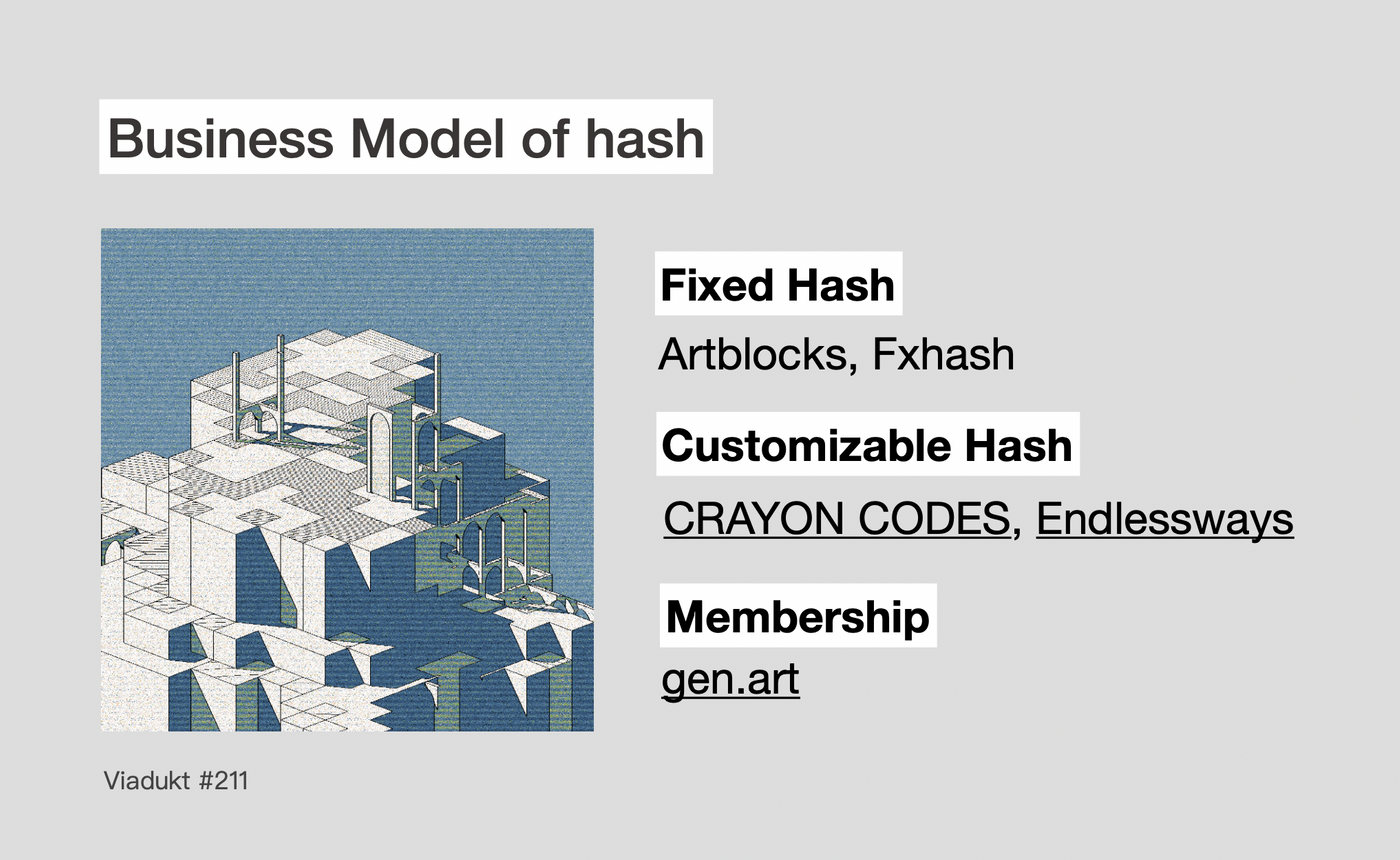
Artblocks staged a big surprise last August, which has been discussed in many articles, and backtesting the historical transaction volume, fxhash seems to be repeating the trajectory of Artblocks. I wrote two articles in December last year and April this year to share the open features of fxhash, and also analyze the essential difference between fxhash and artblocks. In a word, it is the battle between an open flea market and a closed cathedral.
- Generative art waves, for cathedrals or flea markets?
- NFT story collection | Can computational art be co-created?
For a generative art platform to be established, there are three elements, namely storage system, smart contract, and front-end web page .
Taking Artblocks as an example, his storage is fully on-chain, so when artists publish their works, they must pay high on-chain fees and store all the data in the Ethereum block. The advantage is that as long as the chain exists, the work will not disappear. The disadvantage is that it is easy to be constrained in creation, because the library and expansion resources cannot be supplemented.
Artblocks has its own contract and web page, with a simple and elegant interface. However, Artblocks only acts as the primary market, that is, the role of the issuer, and the sales in the secondary market can only go to the comprehensive NFT market such as OpenSea.
Although fxhash is also a generative art platform, it is very different from Artblocks in terms of requirements. First of all, its data is stored on a peer-to-peer storage system such as IPFS. The advantage is that it can store a larger amount and more diverse data, and it has a higher degree of freedom for creators. .
In addition, fxhash also has its own contracts and web pages. In particular, fxhash not only provides the launch of the primary market, but also has its own secondary market, and also provides rich transaction data, such as floor price, transaction volume, etc. In addition, fxhash's contracts are also connected to other secondary market platforms, such as OBJKT, the largest market in the Tezos chain, so the transaction process can take place in multiple places and multiple centers.
Due to the open nature of fxhash and the increasingly prosperous transaction volume, many satellite organizations have been born. Today, let's talk about fxTENDER, a composite group that has only been established for two months.
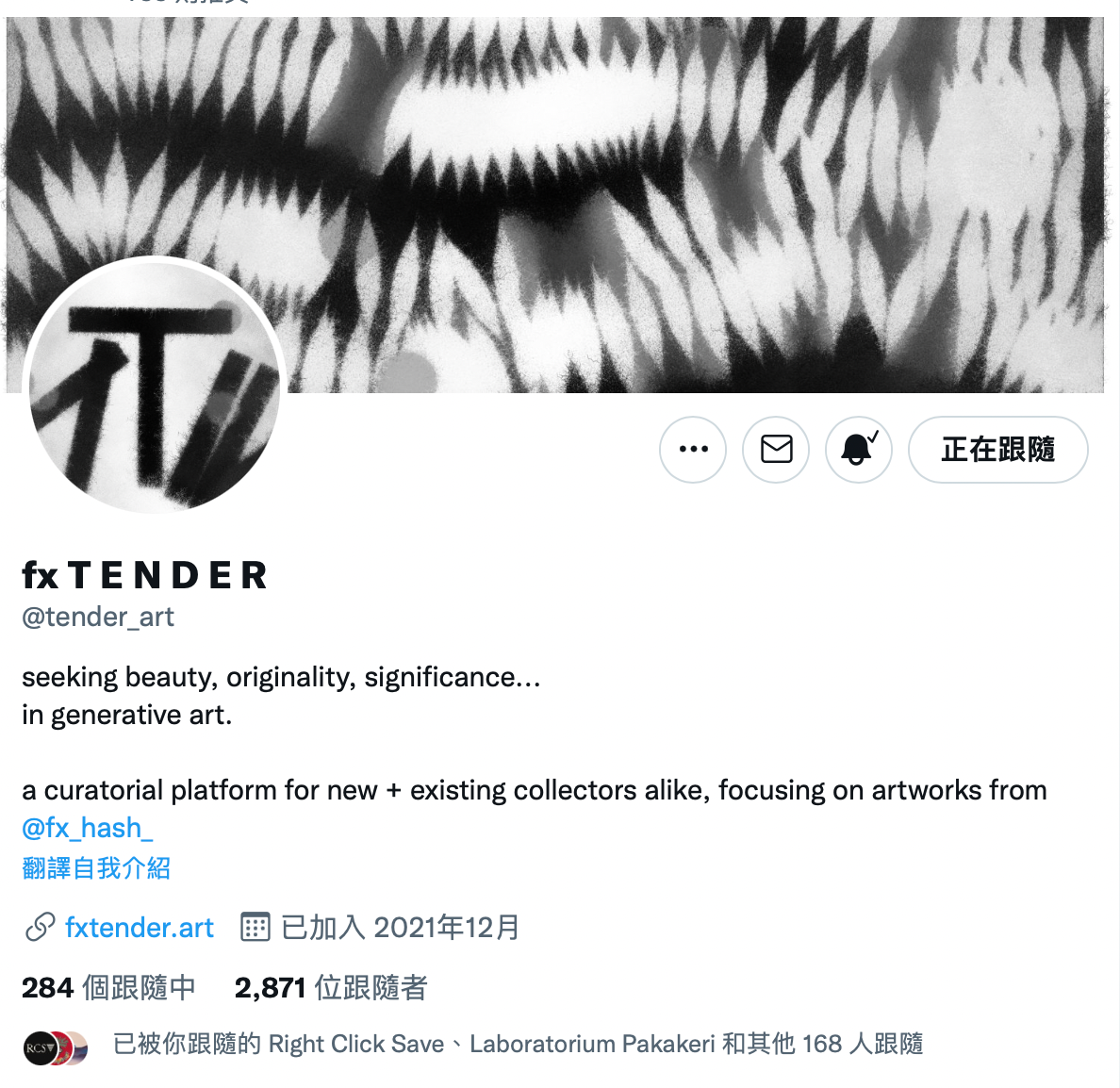
The UI of fxhash has a very ... style that looks like a platform used by developers. But it may also be in line with the spirit of "everyone can publish their work", which is completely different from the censorship-based Artblocks. Perhaps the early NFT platforms of Tezos followed this route, and the earliest HicEtNunc platform also seemed to be discontinued.
Tezos generative art world needed a white box, so fxTEDNER was born.

fxTENDER uses fxhash's API and contract to recreate the front-end UI, giving the same work a new experience. I was initially drawn to it because of its beautiful and concise pages.
Let's compare the oil of the two platforms and see if it will provoke shopping desires:
The Price of Oil by fauxjebus
- fxhash: https://www.fxhash.xyz/generative/12766
- fxTENDER: https://fxtender.art/project/the-price-of-oil
But TENDER did not just change the skin, they re-created their own selections with existing works, and even cooperated with the creators to develop new works of the TENDER X series.
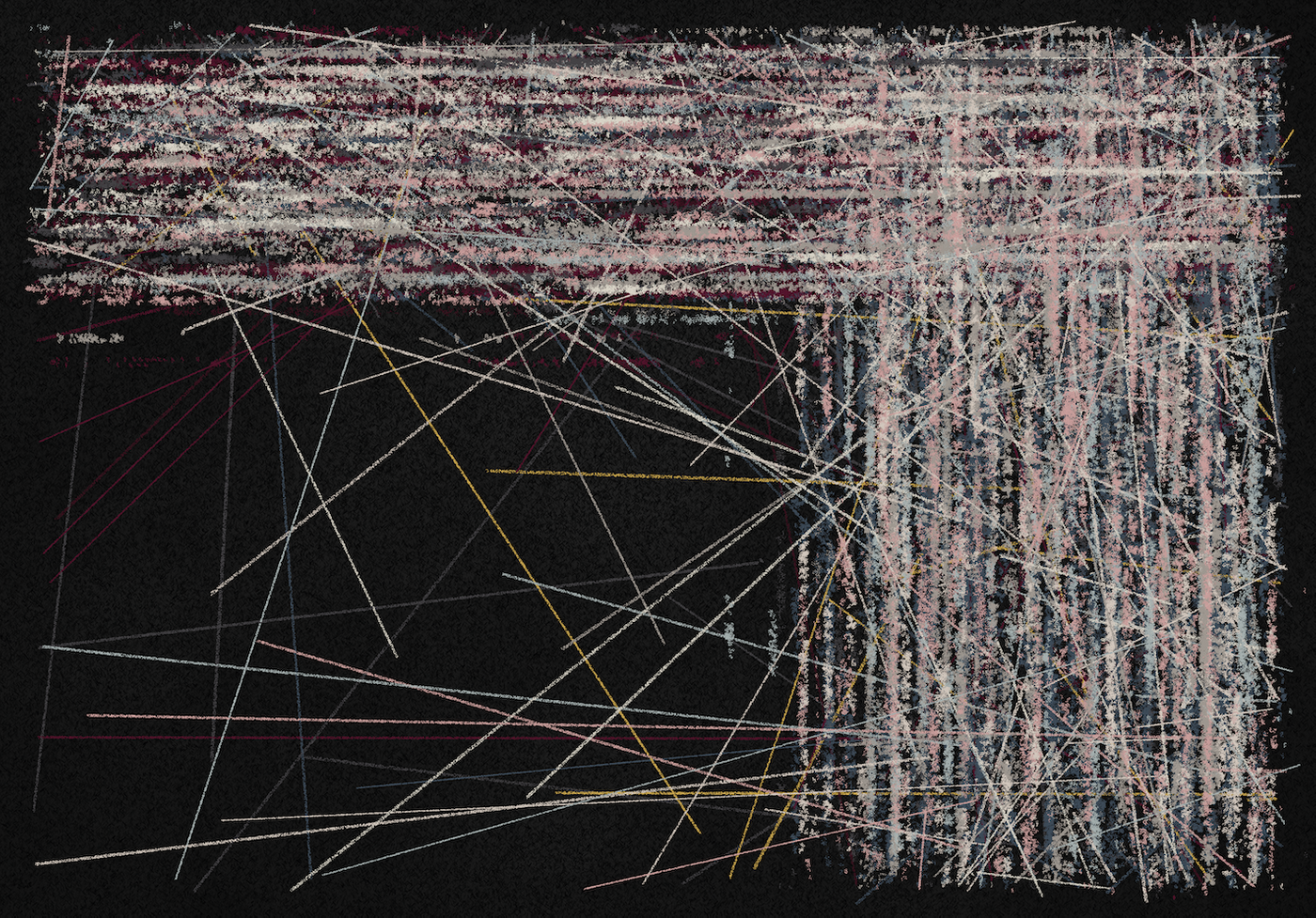
When you browse the fxTENDER page, you won't see all the works on the fxhash shelves, they have to choose. It seems that Artblocks is going backwards. Artblocks has been screened for issuance from the beginning; and TENDER is to select the boutiques that belong to their own context after the release of the fxhash platform.
Follow the button guidance of the UI, click on the icons page, you can see the top and excellent works, the most popular works even have commenters writing articles on the recommendation; click on the mintable, you can see the works that have not been sold in fxhash, Of course it was recommended by TENDER.
Be sure to share at this time, the beautiful UI really makes people confused for a while. After reading the icons area of high-priced items, I saw that the price of mintables was so cheap (0.7 tez, about NT$50), I bought it by accident. A barrel of minimalist oil.
Click on TENDER X again, you can see that fxTENDER has cooperated with three artists for a joint release, and the sales results are very good. The joint function is actually a new function that started after fxhash was upgraded to 1.0 last month. fxTENDER is currently the best joint organization after the official performance.
Among them, the best performance is Reconnaissance by TENDER X Nat Sarkissian (reconnaissance, commonly known as the surface of the planet.) I like Nat's old works very much. I have collections California Hills in Late Sun and Sierras, both of which are landscape series. The former is an imitation of California's afternoon. hillside photography, the latter is an illustration-style top-down map. But neither performs as well as Reconnaissance, and fxTENDER doesn't know what magic has been done to make Nat's work's completion, variability, and sales soar. Its secondary market sales are four times as high as the warm California afternoon sun.
In addition, fxTENDER also has its own official wallet for collection and commenting; TENDER has also recently launched a printing service, as long as you hold the NFT of a specific artist and the artist agrees, you can print the entity through TENDER to generate art NFT for collectors .
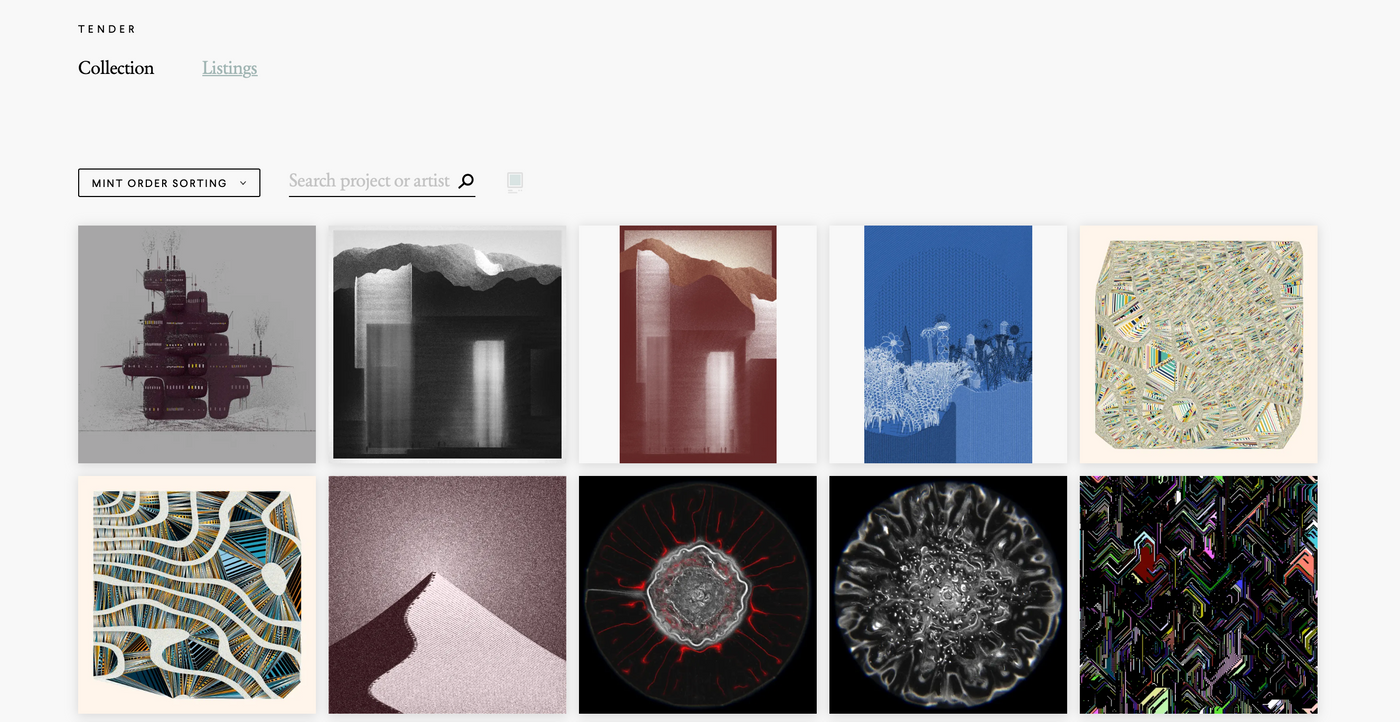
fxTENDER takes a completely transparent style, they disclose the wallet addresses (and collections) of all members , official co-owned collections, and actively link up about generative art reviews, and even wash their heads and co-issue projects with artists. The only goal is to promote generative art.
My guess is that TENDER will play an important role in the ecosystem, occupy the right to speak, and further influence the market, because the curation and commentary of the generative art market is still weak. In addition, perhaps after fxhash evolves into fx DAO in the near future, fxTENDER can play a more critical role in subDAO, which directly involves the profit sharing of the entire platform.
TENDER has multiple roles, so I call it a composite curatorial group. TENDER's current mode of operation is to cooperate with fxhash, obtain some profit, and obtain benefits from collab planning, and return the benefits to website maintenance and erection.
The convenience of the web3 world lies in the ability to repackage existing content into its own model and maintain operations through shared revenue. Although fxTENDER has only been established for two months and fxhash has been established for half a year, I believe that the entire generative art ecosystem will continue to develop. Come back at this time next year to summarize.
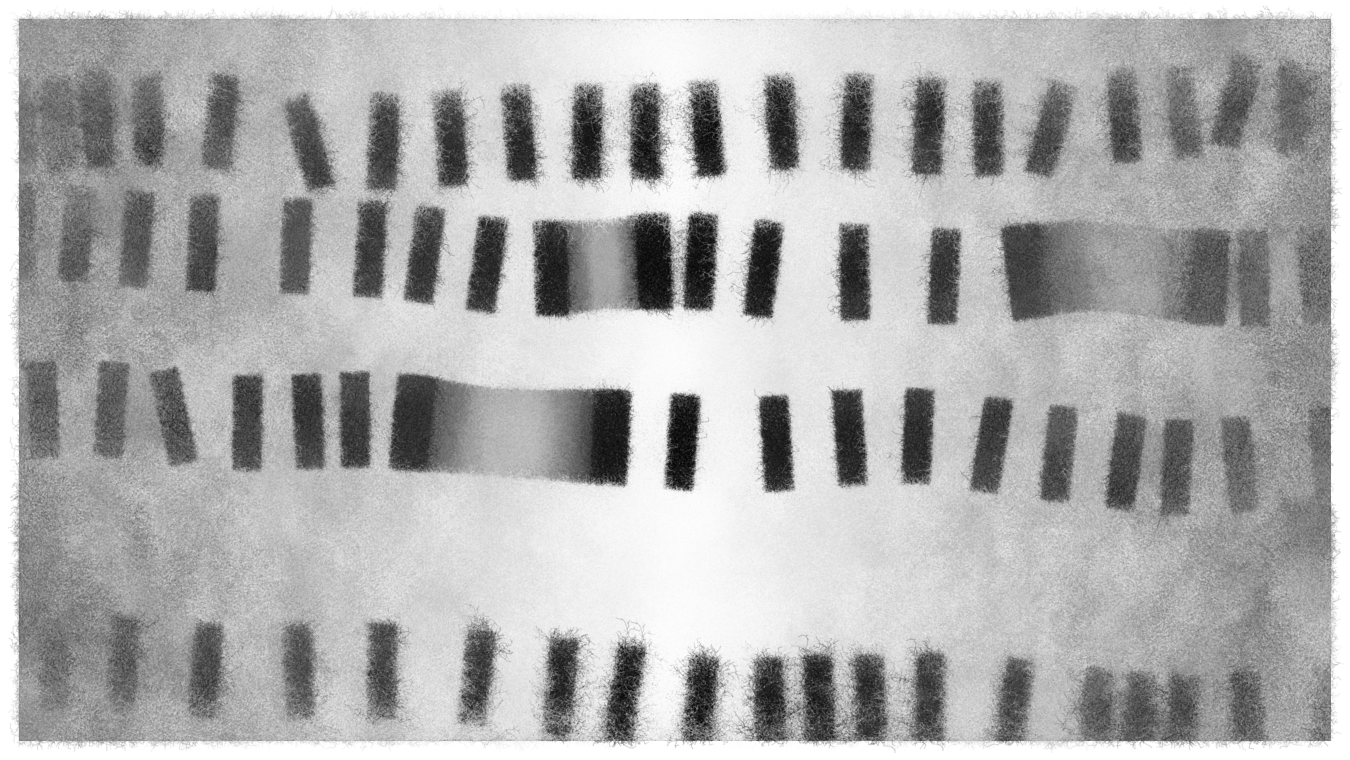
Like my work? Don't forget to support and clap, let me know that you are with me on the road of creation. Keep this enthusiasm together!








- Author
- More